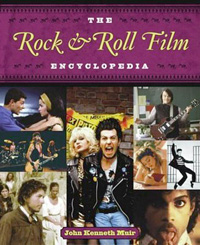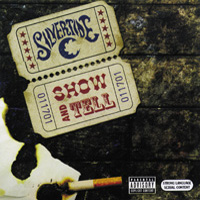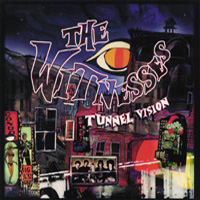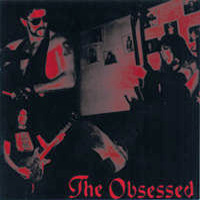 The Rock & Roll Film Encyclopedia
The Rock & Roll Film Encyclopedia
By John Kenneth Muir (Applause)
By Brian Varney
The Rock & Roll Film Encyclopedia, as simply as it’s rendered, shouldn’t be difficult to grasp. On the surface, the idea is simple enough: A film guide whose focus is rock & roll-based movies. Fine. Seems like a good enough idea, a reference guide for folks in search of music-based feature films, bio-pics, documentaries, and the like. Actually, it seems likely that the Internet has reduced or perhaps even eliminated the needs for all but the most specialized, minutiae-crazed of art/music/movie guides in existence (Martin Popoff’s encyclopedic metal-by-decade guides are one thing, a guide collecting reviews of movies like Purple Rain and GI Blues seems an entirely different, much more pedestrian beast).
However, here’s where things get a bit confusing. The book actually contains three categories of reviews, the first and most common of which is good old-fashioned movie reviews. These are fine, brief but succinct blurbs containing both plot summary and a bit of editorial content. Muir obviously knows his stuff, even if a few things I’d like to see included are missing, especially when something like The Postman is included for no other reason than the presence of a character named Richard Starkey (Ringo Starr’s real name) and a brief Tom Petty cameo. However, these are small quibbles that are bound to be present anytime geeks collide.
All of that is fine. Things get a bit muddy, for me at least, with the other two categories: Genre conventions and rock movie hall of fame. An example of genre convention is “Lineage (or the History of the Band),” where we see a movie band change members and names (Muir cites This Is Spinal Tap, where we hear the band mention previous names such as The Originals, The New Originals, and The Thamesmen). The rock movie hall of fame category is used for people like Madonna, Meat Loaf, and Prince. Each of these entries contains Muir’s justification for the person’s inclusion in the rock movie hall of fame. These are a bit curious, since none of these three folks (whose names I selected from the book at random) have really done any movies worth mentioning. Sure, they’ve had music appear in lots of movies, but so have Ennio Morricone and Elmer Bernstein, and neither of their names appear in this category.
It seems that the genre conventions and rock movie hall of fame categories are Muir’s attempts to separate his book from other movie guides. A good idea, definitely, but with results this slipshod, it hardly seems worth the effort. I can’t speak for everyone, but when I’m flipping through a movie guide and I see an entry entitled “Cameos” or “Circular Logic,” I get a bit confused. Further refinement of these categories would’ve done the book a world of good. As it stands, the movie reviews themselves are still worth looking it, but they alone don’t really make the book worth adding to your library.
(www.applausepub.com)



